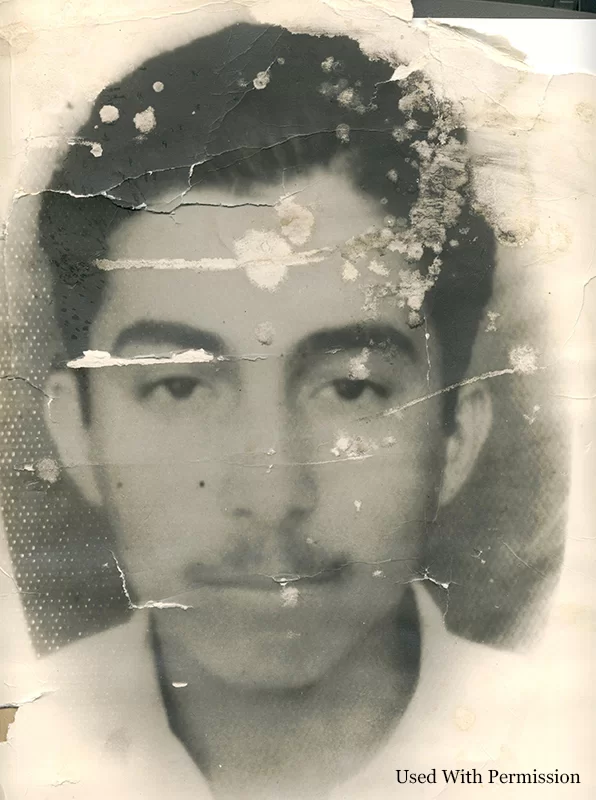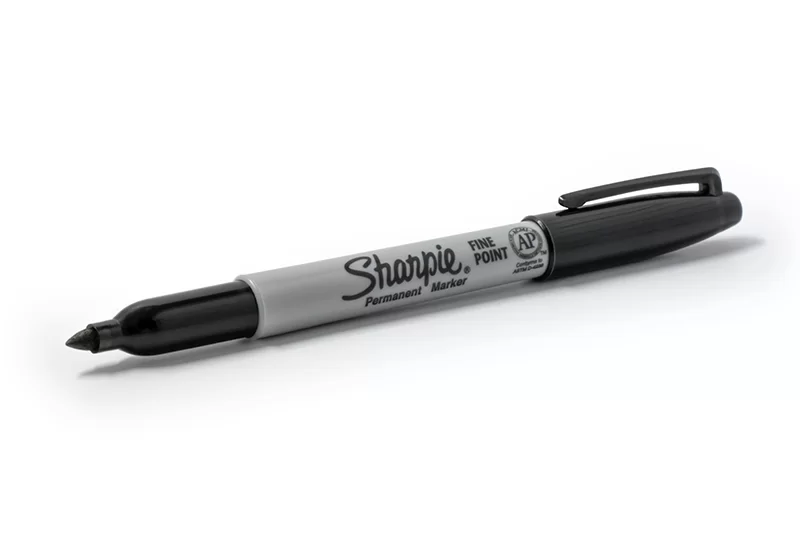Photos are precious. We get them for lots of reasons and we treasure them for a reason. They let us look back and remember with perfect clarity to the moment when they were taken. So, we must take proper care to preserve our precious photos. Take these scenarios as examples of why.
- You have just spent a lot of money on a wedding photographer so that he or she can preserve the memories of that special day for you forever.
- You could have just announced your engagement and acquired photographs for your wedding invitations.
- Maybe you have just had a family portrait done when all the family could finally be in one place at one time.
- You might have just had your senior picture taken as you are about to graduate from high school.
- You just added another member to your family and purchased a set of adorable baby photos from a local photographer.
- Perhaps you’ve just lost a loved one and you want to preserve all the photographic memories you have.

Any and all of these, along with countless other scenarios, have one thing in common: you have now acquired some photos that you will want to have preserved for as long as possible. Now that you have these pictures, how in the world do you make sure they do not fade or deteriorate? What steps must you take to provide proper care for your photos? There are a few things that you, as the consumer, can do to ensure that you will enjoy your precious memories captured on film for years to come.
Keep Your Photographs Dry

This might seem like a no-brainer, but it does bear mentioning. These days, we print our photographs on paper. Paper is easily destroyed by water. Once that happens, there goes your precious photos of your kids as babies or your wedding photos or some other important pictures.
Plastic and glass make for some very good display shields against water and anything else that growing children can throw at them, provided these pictures are out of reach. Plastic and especially glass do not hold up so well to the ravages of gravity and toddlers.
Wet paper also breeds mold if left wet for too long. It would be horribly tragic to have to dispose of a beautiful wedding picture or a baby picture of your adult child because mold decided that the paper it was printed on was food. Keep your photos out of reach of young children and away from anything potentially wet.
No Bending or Tearing, Photos are Fragile That Way
Another thing that can do a number on a photograph is to bend or tear it. Due to the ink overlay or other chemical overlays on the paper, a photograph cannot ever be properly returned to like new even with efforts to flatten it. The creases are much worse with the photo additions to the paper and never completely disappear once stretched. Proper stiffeners and labels of “do not bend” are common for shipping purposes for a reason. Wrinkles and creases are not easy to remove, even with Photoshop.

Photos also cannot be properly taped or glued back together if torn. Often, the rip is more obvious than with another non-photo piece of paper. Photographs bear much more scrutiny than ordinary paper even if you are fortunate to not lose small chips from the tear. Tapes and glues also have to be a special kind of product or else they will introduce acid; a topic discussed later, and accelerate the aging of your precious memory. Ripping is not even a good way to guarantee separation of multiple pictures printed on one page. Use scissors for best results.

Stacking is Bad

Ever pull out a stack of old photos and find that you have to peel them apart? Photographs have a tendency to stick together. This is not healthy for them. The layers of paper can separate if not handled properly. This will destroy a perfectly good picture which has been properly cared for otherwise. The ink can also adhere to the back of another photo.
To prevent this unfortunate occurrence, make sure to either not stack your photographs for storage or stack something in between them to prevent them from sticking. They will eventually stick to each other. So, do not stack your photos. Try for some acid-free tissue paper in between layers if you can. This will protect your photographs far better than many other options. Alternatively, you may seek out acid-free photo albums or scrapbooks to house your photos long term.
Keep Your Photos Out of the Sun

The sun is one of the single best and reliable ways to bleach something. It doesn’t even matter what. It takes a long time for some things to bleach, but they will eventually de-saturate and lose color altogether. Photographs are not immune from this. I have seen some pictures created in the last 20 years or so that have aged far more than they should have because they have been left out in the sun. No one intends to store photos outside, though sometimes it does happen, but there are other ways of sun-bleaching something inside.
Do you hang pictures on a wall that sees a lot of sunlight during the day from a window or a door? UV rays don’t stop with glass and the ozone layer doesn’t block them all. Those UV rays will bleach something through multiple layers of glass despite the best of intentions. Make sure that any pictures you want to keep, photograph and non-photograph alike, are not visible to a lot of direct sunlight. This will help stave off the ravages of time for much longer. This is also proper care of your photos.
Acid Free is the Way to Be

It has been a relatively recent discovery that photographs cannot hold up against the ravages of acid in storage media. Acid is responsible for the fading and deterioration often found in old photo albums. It looks like yellowing, fading, and even disintegration of the paper.
Sometimes the damage of fading caused by acidic presence is irreversible. This is a tragedy. Now we can avoid it. We must give care and attention to make sure that there is no acid contamination with your photos.
There used to not be a solution for the acid problem. No one paid any attention to the long-term preservation of fragile photographs. Photographers were less concerned with the paper products they used for photography. Photo album companies were also less concerned with acid.
After they conducted some research, they discovered that acid was responsible for much loss and discoloration. The market had to change its whole approach to photography.
Nowadays, the market is full of acid-free products designed to prevent just such an occurrence in today’s photos. There are acid-free photo albums, scrapbooks, scrap-booking supplies, pens and markers, the list continues. This is the way to go for long term preservation with maximum color saturation remaining intact and proper care of your photos.
Don’t Write on Photographs or CD’s

This may not make much sense. You want people to know who is in a picture and when the picture was taken, right? That makes sense. How in the world are your kids, grand-kids, and other distant relations supposed to know who your great grandparents are? They will probably just throw away the pictures without a proper label. Then all your proper care of your photos is wasted.
There is a problem with this labeling approach. Most people use a regular pencil or pen to label these photos. Those writing utensils are not acid-free. They will introduce acid in which will eventually destroy the photograph.
Also, there is the more immediate risk of ink bleeding through the paper and ruining the picture. Most ball point pens do not have this problem, but felt tipped pens do. Markers are even worse.
Most pictures have a white border around them where there is no photograph present. This would be an ideal place to inscribe names, dates, and other details. The ink should not bleed through, if using a non-felt tipped implement, and should not introduce acid if you are using an acid-free pen. The optimal solution would be a scrapbook type setting where the vital information about the photo is displayed next to it so there is no risk of ink damage at all.
It also seems only logical to label your CD’s and DVDs so that people will know what is on them. Sticky labels and light scribe, or similar, drives are expensive even though they are coming down in price. The obvious solution is a Sharpie marker. Quick, cheap, and available. The ideal solution, right? Actually, the answer is “no, not really.” Yes, they are quick, cheap, and available. They are also full of acid. The plastic of the digital media is not immune from the effects of acid erosion just as paper is not.

Long term studies, conducted by the National Archives and the Library of Congress, are revealing that you will be far more likely to destroy the data on your disk by writing on it with a Sharpie than using another method of labeling such as light scribe or sticker labels. This is worth considering for those wishing to create a long-term archival storage on disk. Another option is to keep your disks stored in labeled envelopes. This might turn out to be more ideal than light-scribing as the long-term studies of storage on those disks are still in progress.
Proper Storage Practices for Your Digital Media
Since we’re on the topic of proper maintenance of digital media like CDs and DVDs, they have proper storage requirements themselves, or you will lose the information stored on them. Then all your work of having a backup copy is lost. CDs and DVDs store information burned onto them. This burning is a literal burning using a laser. Being that a beam of light entered the information onto them, light can also remove it.

Keep your digital disks in a cool and dark place or the ambient light will eventually wipe the disk clean. Many come with a case, but if you purchased yours on a spindle, there are envelopes and jewel cases available for purchase. These are also excellent areas to label to prevent the previous mentioned problem from taking place.
Obtain Multiple Copies

The first thing you can do is to get yourself multiple copies of these photographs. A single copy of anything, including photographs, is easily destroyed and lost forever.
Nowadays, there are more storage options than keeping the negatives around or ordering multiple copies of a picture. With digital storage, it is now possible to keep stacks of photos in one place and the photos will not take up nearly as much room. Hard copy and digital copy are both good to have and I recommend having copies of both at the same time. This allows you to be able to reproduce the picture should the digital file become corrupted, or the print version become faded, waterlogged, or otherwise destroyed. This is part of proper care for photos.
The best backup policy to practice would be to have backup copies kept someplace that is offsite or not your home/business. Let’s face it: disasters big and small happen all the time. If there is something like a fire to destroy your house, then you can still retain those precious pictures containing memories. Otherwise, you will have to hope that relatives kept copies and can find them to reproduce.
Conclusion
Acid, ink bleed, water, direct sunlight, creasing, single copies, improper digital media handling, etc. can all be good ways to guarantee the permanent loss or unrecoverable destruction of precious photographic memories. Photo restoration cannot always undo the damage either, so it is better to preserve your photos now. Taking proper precautions against these agents of nature will help to preserve your photos for longer. Take proper care of your precious photos. This will enable you and future generations to enjoy these pictures for many long years.
Citation comes from a TV show I can’t remember the name of discussing the National Archives and Library of Congress procedures for archival storage and study.



